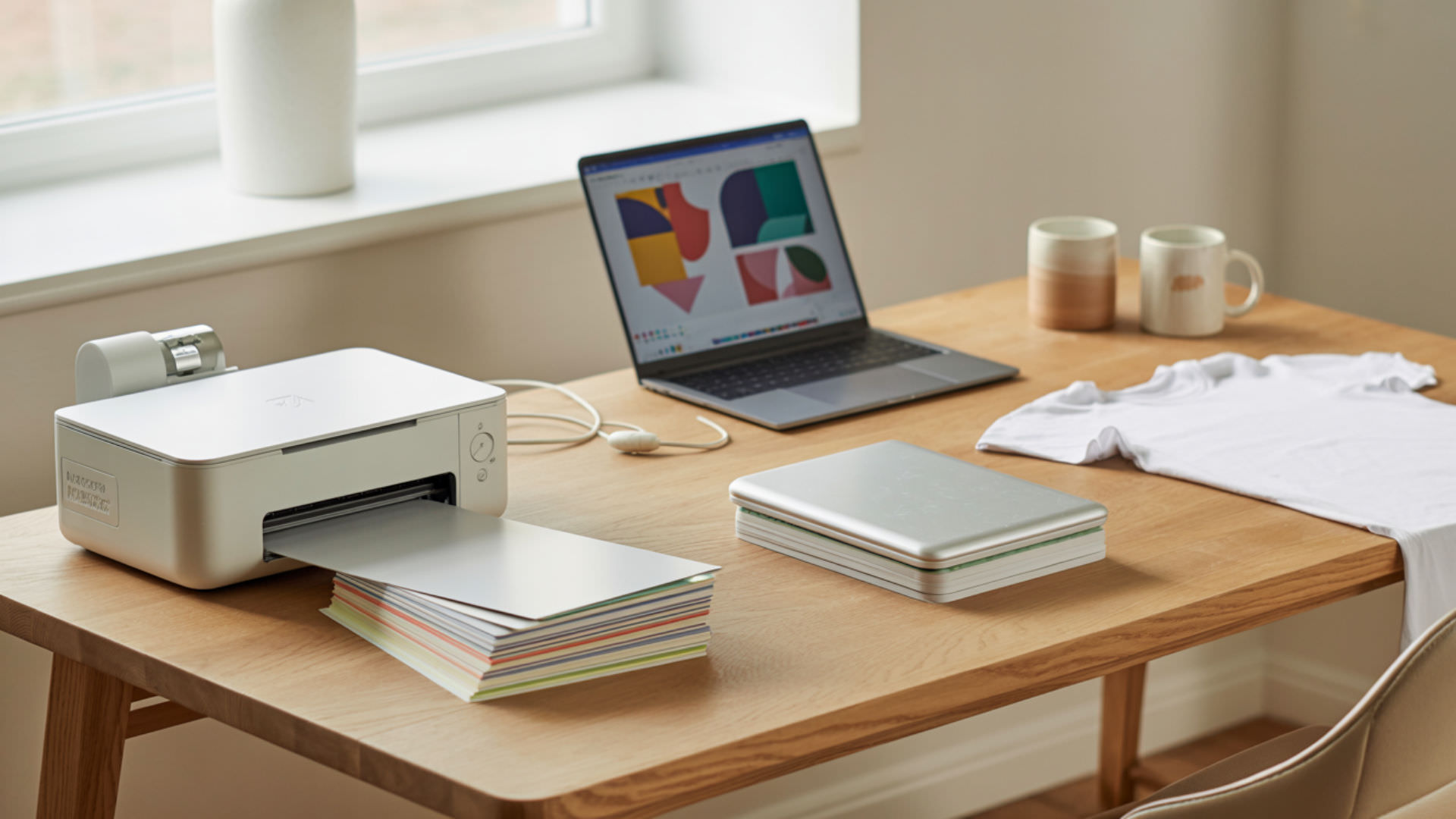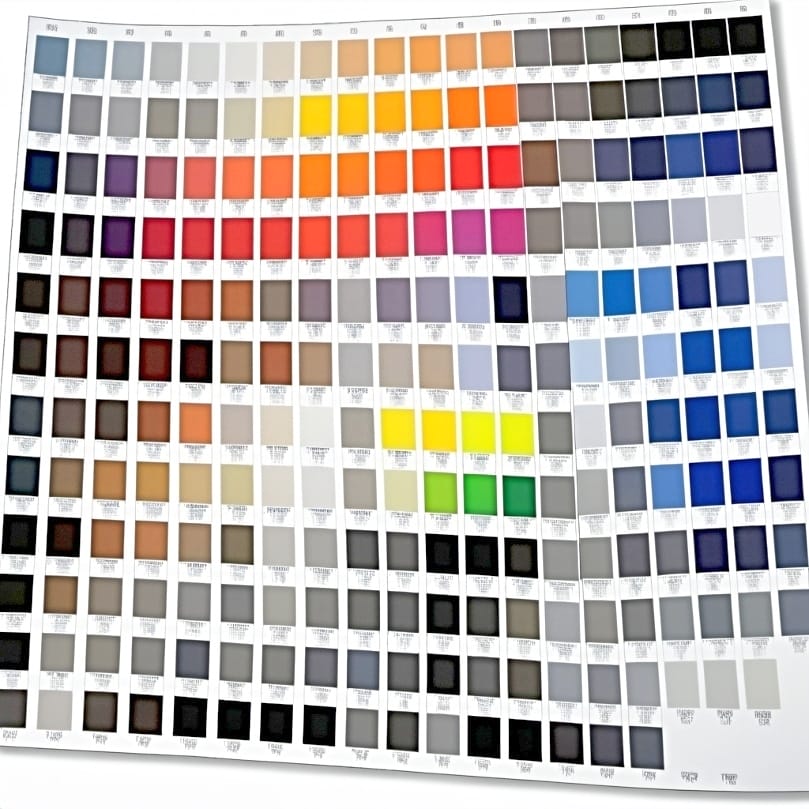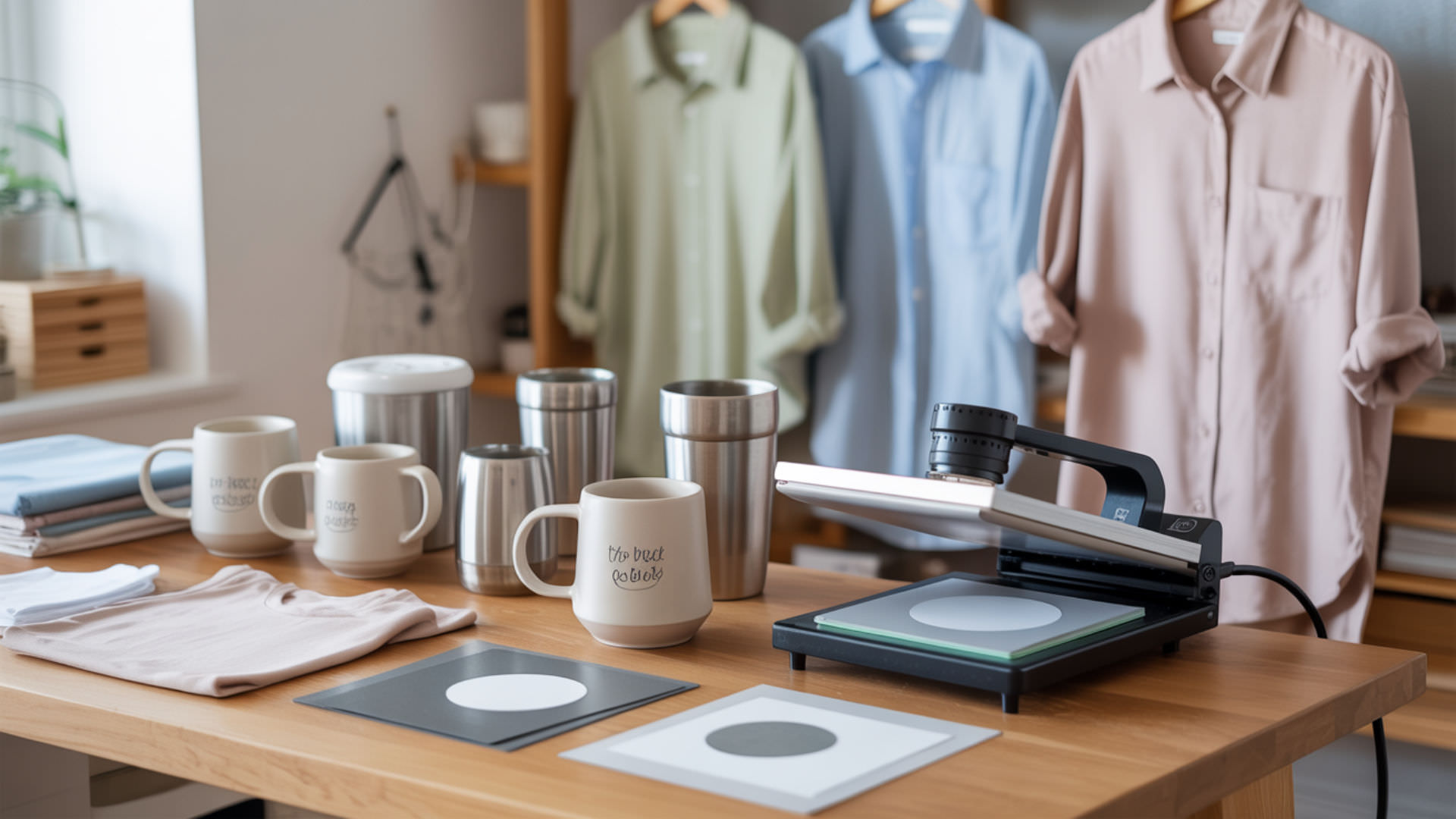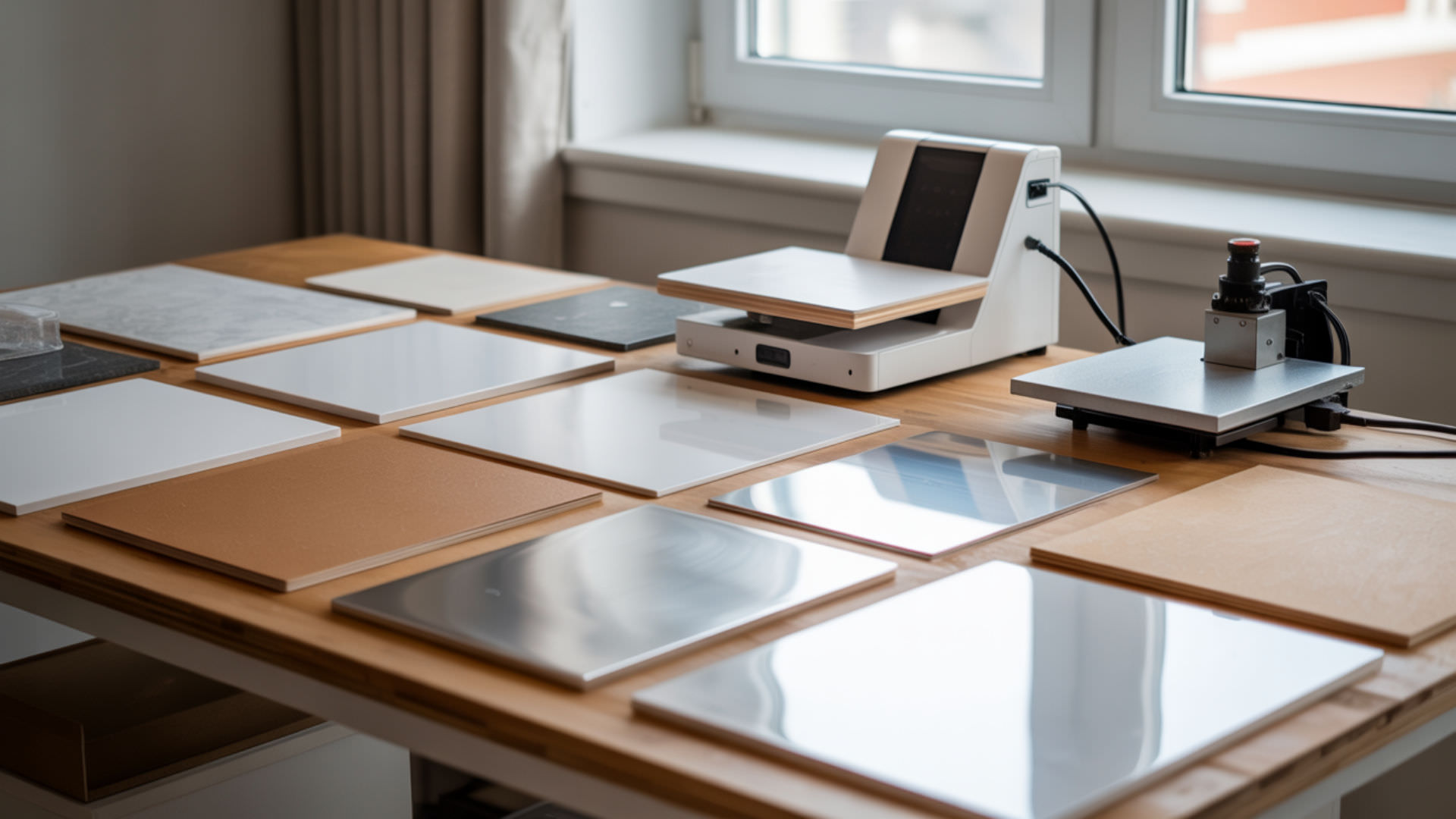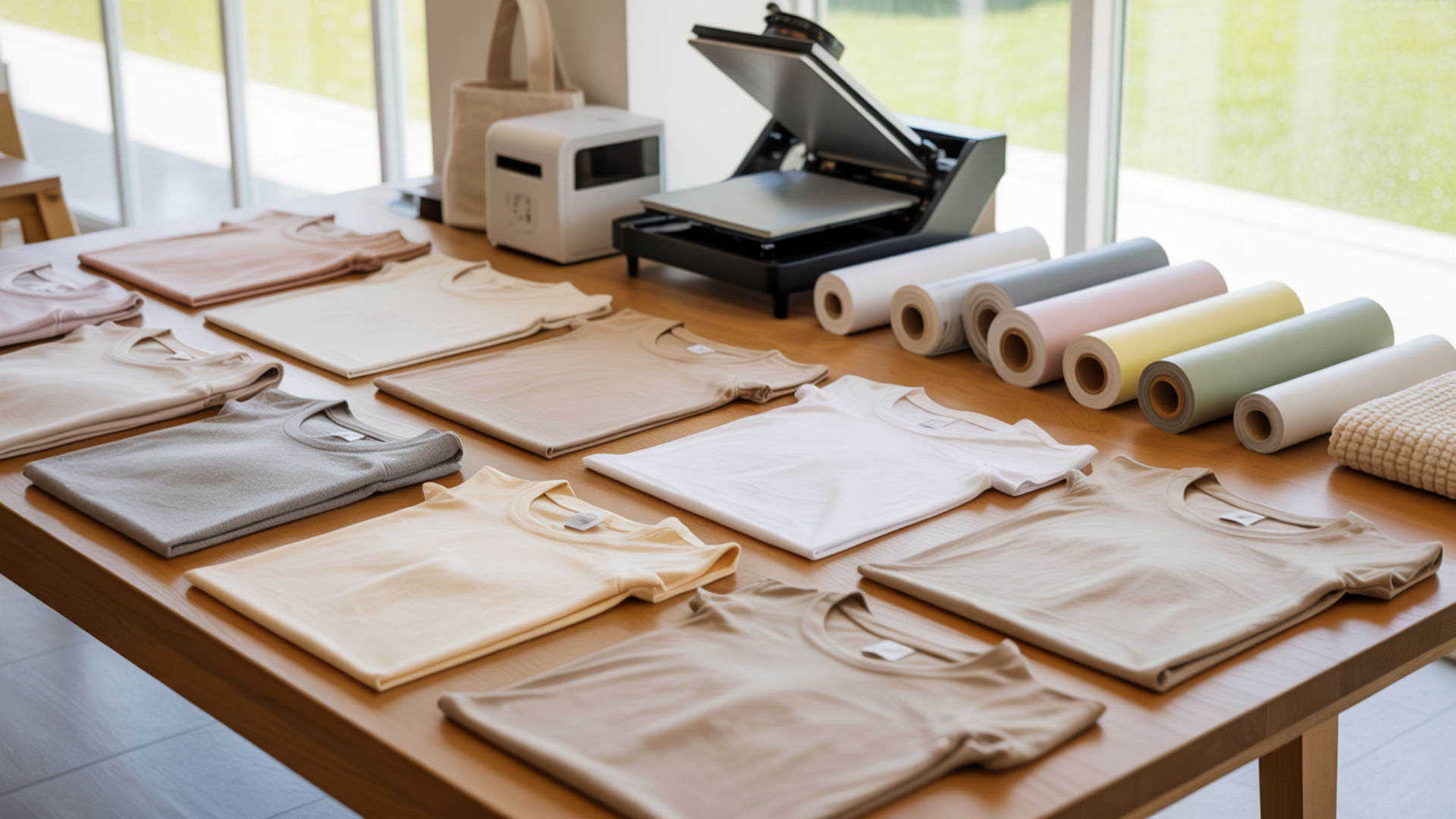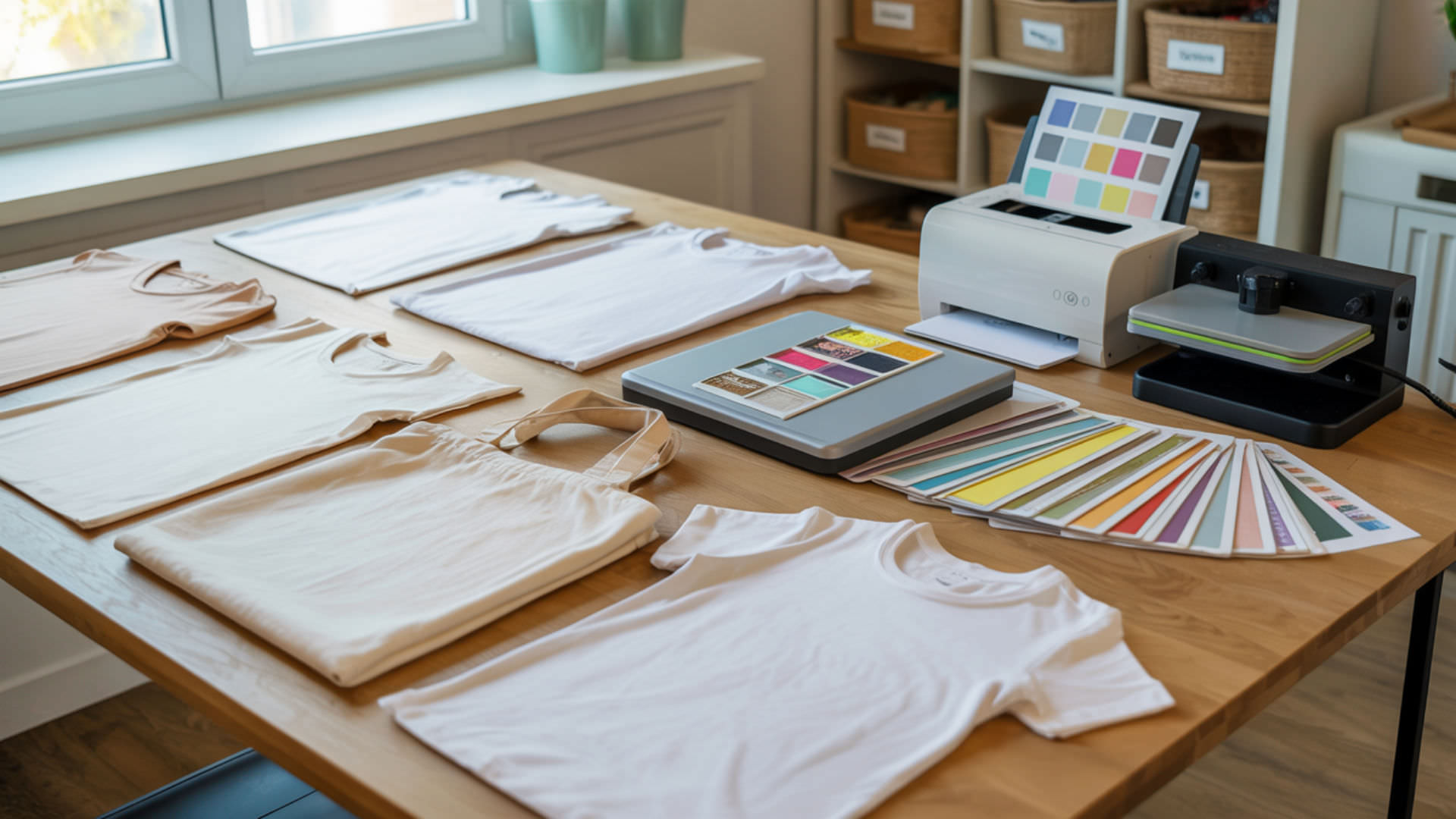Table of Contents
ToggleThe Epson EcoTank ET-2803 uses MicroPiezo inkjet printing technology to deliver 5760×1440 dpi resolution through electrically controlled nozzles that fire ink droplets with precision timing. Understanding how piezoelectricity drives these printheads explains why EcoTank models produce consistent output for documents and sublimation projects alike. This supertank printer features a 1.44-inch color LCD, Wi-Fi connectivity, and refillable reservoirs yielding up to 4,500 black or 7,500 color pages per bottle set. Epson EcoTank printers use piezoelectric printheads, which control ink droplets through electrical signals rather than heat. [1]
Key Takeaways
- The ET-2803 uses piezoelectric inkjet printing with MicroPiezo printheads operating at 5760×1440 dpi maximum resolution for detailed output.
- First-time setup requires unpacking, filling ink tanks with 522-series bottles, loading paper, and completing Wi-Fi configuration through the control panel.
- Wi-Fi connection uses either the setup wizard on the LCD screen or WPS push-button pairing with your wireless router.
- Computer connection supports USB cable and wireless network printing after downloading drivers from Epson’s support website.
- Mobile printing requires the Epson Smart Panel app for iOS and Android devices to enable wireless print and scan functionality.
How Do You Set Up the Epson EcoTank ET-2803 for the First Time?
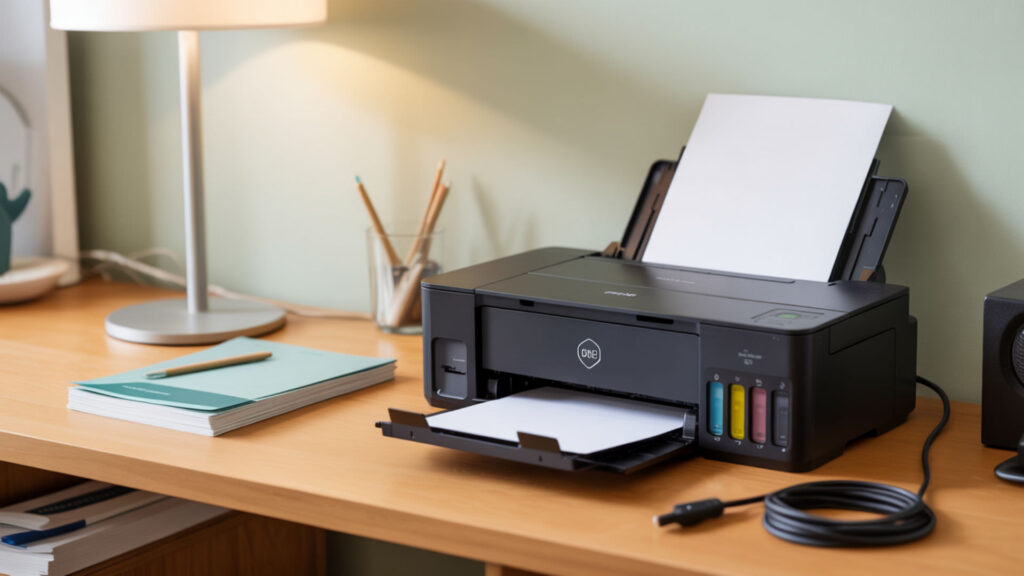
First-time setup involves unpacking the printer, filling each ink tank with the included 522-series bottles, loading plain paper into the rear tray, and running the inkjet printing system’s automatic priming cycle through the control panel, which takes approximately 10–15 minutes to complete. Users planning to convert this printer for sublimation (phase transition) workflows should complete standard setup first to verify all components function correctly before switching inks. Epson recommends downloading the latest drivers and setup utilities directly from its official support page to ensure proper installation and wireless functionality. [2]
Where Is the Epson Setup Menu?
The setup menu is accessed through the 1.44-inch color LCD by pressing the right arrow button on the control panel, which opens inkjet printing configuration options including Network Settings, Printer Setup, and Maintenance for nozzle checks and cleaning cycles.
Where Is the Epson Printer Setup Menu?
The printer setup menu is located under Settings on the main LCD screen and contains inkjet printing preferences for paper size, paper type, print quality, and quiet mode, plus access to printhead nozzle checks that maintain consistent ink delivery across all four CMYK channels.
How to Set Up WiFi on Epson ET-2803?
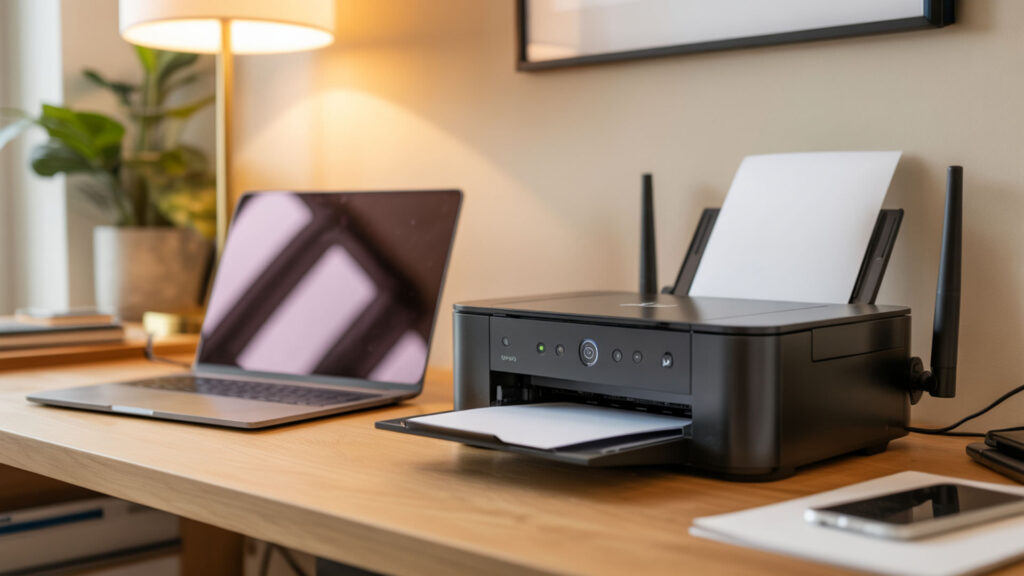
WiFi setup uses the built-in 802.11 b/g/n wireless adapter to connect your inkjet printing system to your home network by navigating to Settings, then Network Settings, then Wi-Fi Setup on the LCD control panel, selecting Wi-Fi Setup Wizard, choosing your network from the scanned list, and entering your password using the on-screen keyboard until the Wi-Fi icon confirms connection.
Where Is the WPS Button on an Epson Printer?
The ET-2803 uses the Wi-Fi button on the control panel for WPS functionality rather than a dedicated WPS button, allowing inkjet printing network connection by pressing and holding until the light flashes, then pressing your router’s WPS button within two minutes for automatic password-free pairing.
⫸ Click Here For Best Selling Sublimation Printers And Products ⫷How Do I Know If My Epson Printer Is Connected to WiFi?
Wireless connection status appears through a Wi-Fi icon on the LCD screen that displays signal strength bars when your inkjet printing system maintains an active network link, with detailed information including IP address and network name available under Settings, Network Settings, Network Status, or by printing a Network Status Sheet.
How Do You Connect Epson ET-2803 to Computer Step-by-Step?
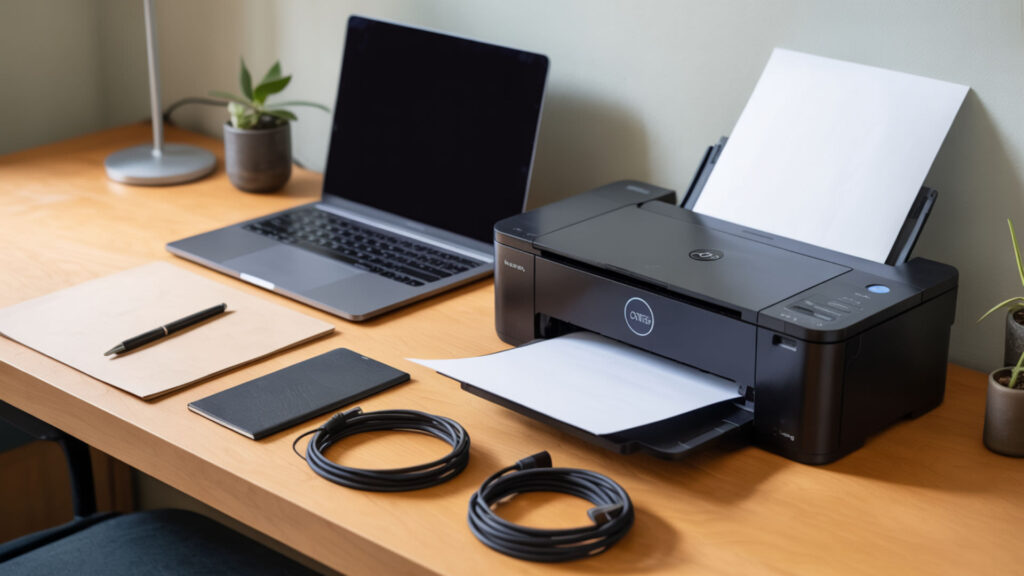
Computer connection uses either a USB-A to USB-B cable plugged into the rear port or wireless network pairing after completing Wi-Fi setup, with Windows typically detecting the printer automatically while full inkjet printing functionality requires downloading the complete driver package from epson.com/support. The inkjet printing capabilities of entry-level EcoTank models make them popular choices for users evaluating beginner-friendly sublimation printers.
How Do I Setup My Epson Printer to Print Wirelessly?
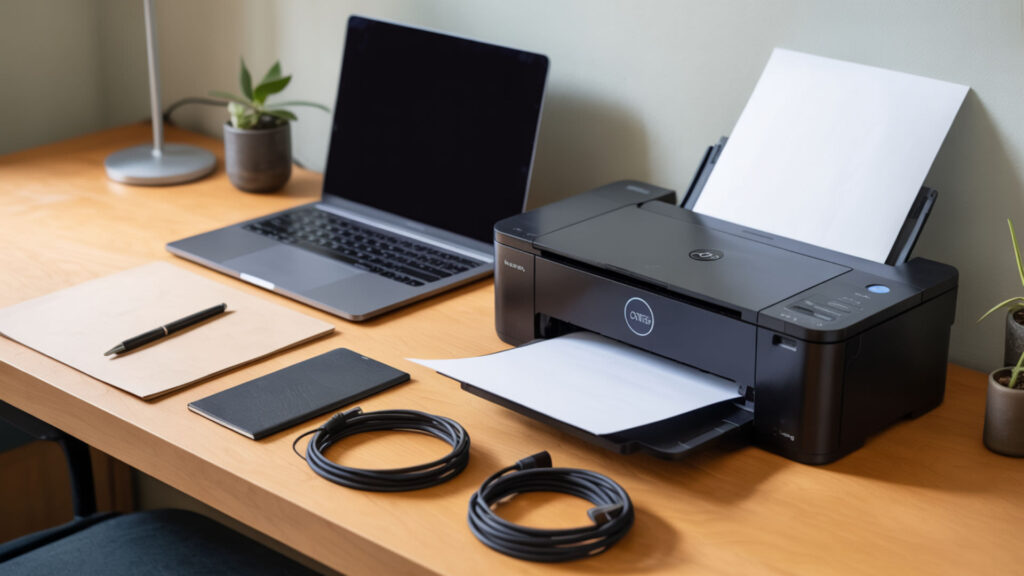
Wireless printing requires connecting the ET-2803 to your home network first using the Wi-Fi Setup Wizard, then downloading and running the Epson Connect Printer Setup Utility on your computer, which detects network-connected inkjet printing devices and installs necessary drivers while optionally registering for cloud printing services.
Do I Need Epson Connect Software?
Epson Connect software is required for Email Print, Remote Print, and Scan to Cloud features but remains optional for basic local inkjet printing over USB or Wi-Fi, as standard local printing and scanning work with basic drivers alone, making Epson Connect an enhancement rather than necessity for home users printing from same-network devices.
What App Is Used for Epson 2803 Printer?
The Epson Smart Panel app provides the primary mobile interface for ET-2803 inkjet printing, scanning, and printer management from iOS and Android devices, handling wireless setup, print queue management, scan-to-device functionality, and ink level monitoring across all four tanks.
Why Won’t My Epson Printer Connect to My Computer?
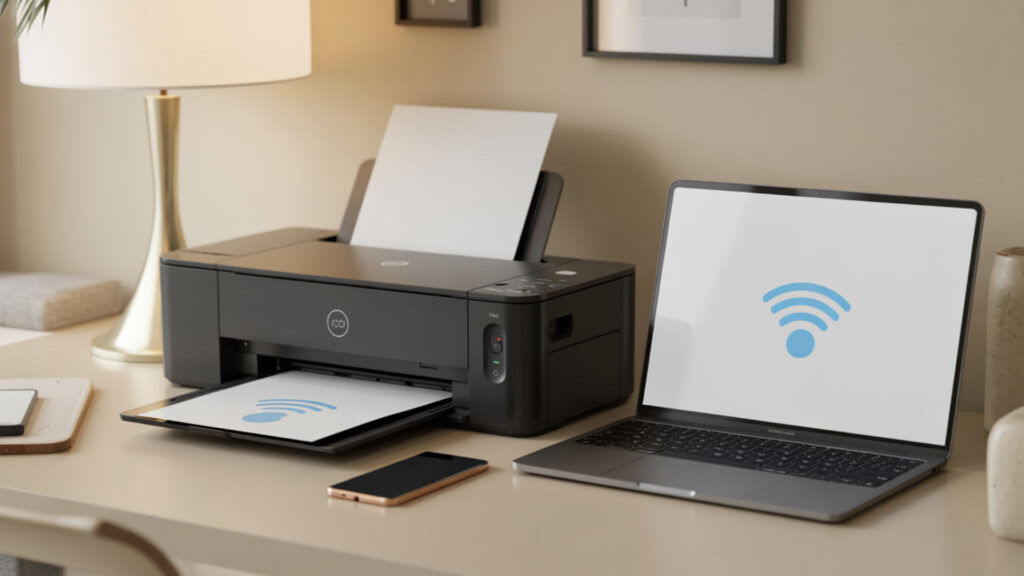
Connection failures typically stem from driver issues, incorrect network configuration, or faulty USB cables affecting your inkjet printing workflow, with solutions including restarting both devices, reinstalling drivers from Epson’s website, verifying shared network names, and temporarily disabling firewall software. Persistent connection problems after ink changes may indicate printhead issues similar to those affecting inkjet printing systems that stop responding after cartridge replacement.
How Do I Setup My Epson Printer to My Computer?
Setting up the ET-2803 requires visiting epson.com/support, entering your product name, selecting your operating system, downloading the recommended driver package, running the installer, and choosing USB or Network connection when prompted, with the installer detecting your inkjet printing device automatically when connected properly.
How Do I Know If My Epson Printer Is Connected to My Computer?
Verify computer connection through your operating system’s printer settings where the ET-2803 should appear as an available inkjet printing device with Ready status, accessible on Windows under Settings, Bluetooth & devices, Printers & scanners, or on Mac under System Preferences, Printers & Scanners without error indicators.
How Do I Set Up My Epson Printer to Print from My Phone?

Mobile printing connects your smartphone to the ET-2803 through your home Wi-Fi network by ensuring both devices share the same network, downloading the Epson Smart Panel app, tapping the plus icon to add a printer, selecting your ET-2803 from discovered inkjet printing devices, and completing the guided pairing process.
What Apps Do I Need to Connect to My Epson Printer?
The Epson Smart Panel app serves as the primary application for ET-2803 inkjet printing while Epson iPrint offers similar functionality, with iPhone users also able to use AirPrint without apps and Android users able to use Mopria Print Service as alternatives for basic wireless print functionality.
How Do I Print from My iPhone to My Epson Printer Without AirPrint?
Printing without AirPrint requires downloading Epson Smart Panel or iPrint from the App Store, ensuring your iPhone and ET-2803 connect to the same Wi-Fi network, adding the printer through the app, then using the Share button in any document or photo to access inkjet printing through Epson’s interface.
Ready to Setup Your Epson EcoTank ET-2803?
The ET-2803 combines piezoelectricity-driven MicroPiezo technology with EcoTank convenience, delivering reliable inkjet printing at 5760×1440 dpi for home users and sublimation hobbyists after 20–30 minutes of initial configuration including ink priming and Wi-Fi connection, with drivers available from Epson’s support site and the Smart Panel app from your device’s app store.
Frequently Asked Questions
How do I connect my Epson ET-2720 printer to Wi-Fi?
The ET-2720 uses the same inkjet printing wireless setup as the ET-2803, navigating through Wi-Fi Setup, Wi-Fi Recommended, then Wi-Fi Setup Wizard on the control panel LCD, selecting your network, entering the password, and confirming connection when the Wi-Fi icon appears, supporting both standard documents and sublimation (phase transition) workflows after conversion.
References
- Piezoelectricity. (2025, September 20). Wikipedia, the free encyclopedia. Retrieved January 2, 2026, from https://en.wikipedia.org/wiki/Piezoelectricity
- Shyni. (2024, July 3). Epson ET-2803 driver. Epson Drivers. https://www.drivers-epson.com/epson-et-2803-driver/




